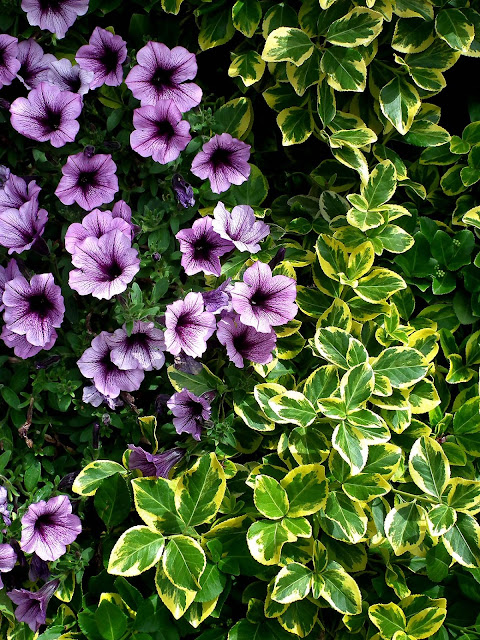Hostas are nice but if we are honest we must admit hostas are not the first choice of most gardeners for a featured plant. Gardeners are missing a great opportunity.
For many years the local paper organized a Garden Walk Weekend. Readers were encouraged to stop by the paper to pick up a map in order to tour of the city and visit ten spectacular, private gardens. Most of the gardens were in the north end of the city, in the city's finest residential neighbourhood.
One year one home on the tour was located in the east end of the city in an area known for its industrial parks. Hidden among the factories and warehouses there was one short, forgotten residential street and the home at the end of the street was on the tour. To say folk were surprised would be a gross understatement.
When the visitors entered the home's backyard, they got quite the surprise. The home owner was a hostas freak. He loved hostas and over the years he had become a self-taught hosta expert. His narrow but deep backyard was filled with hundreds and hundreds of hostas: big hostas, small hostas, solid green hostas and varigated hostas. The biggest hostas were at the sides of the yard growing on tall mounds of earth. The tall plants, they must have been at least four feet tall, blocked the view of the surrounding neighbourhood. The large leaves even muffled neighbourhood noises. Very practical.
The hostas on the sides of the yard were so large that the plants inside the yard seemed small in comparison. Some were truly small but others were not and added privacy to small spaces enclosed by dozens of hostas. A narrow trail snaked through the yard with benches nestled among the foliage.
To a visitor, quickly lost in the green-lined maze, the backyard seemed far larger than its true size. The hostas had been planted imaginatively and wisely. The backyard was a world onto itself. At the end of the day, where ever folk gathered to discuss the tour, the hosta-home was the clear winner.






